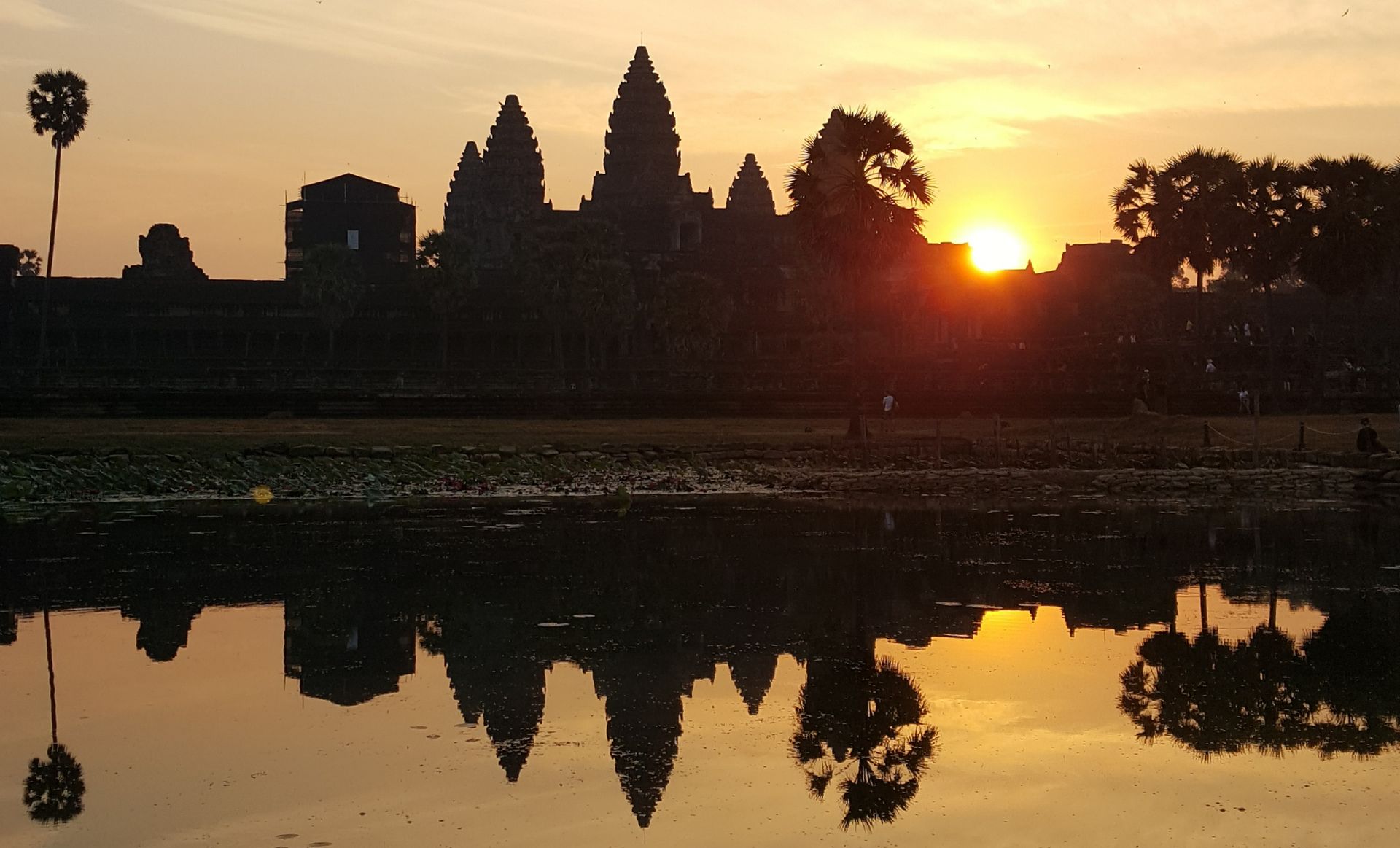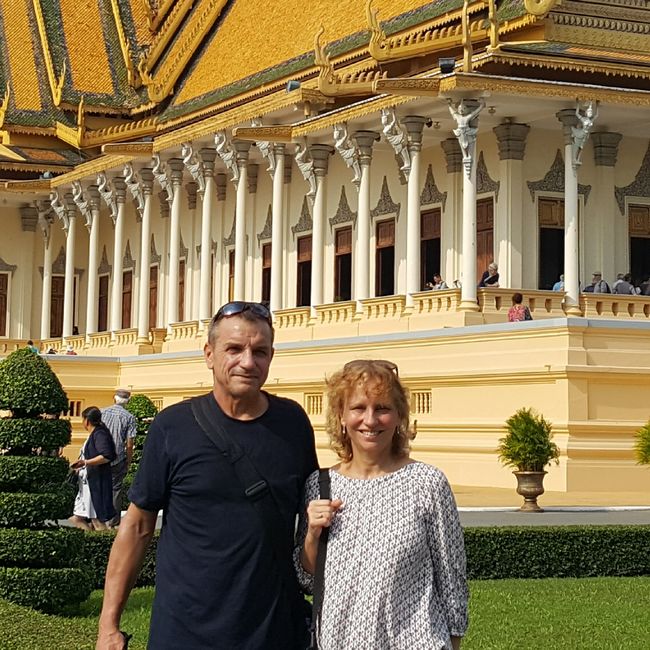Phan Xi Pang (Fansipan)
Publicatu: 24.04.2019
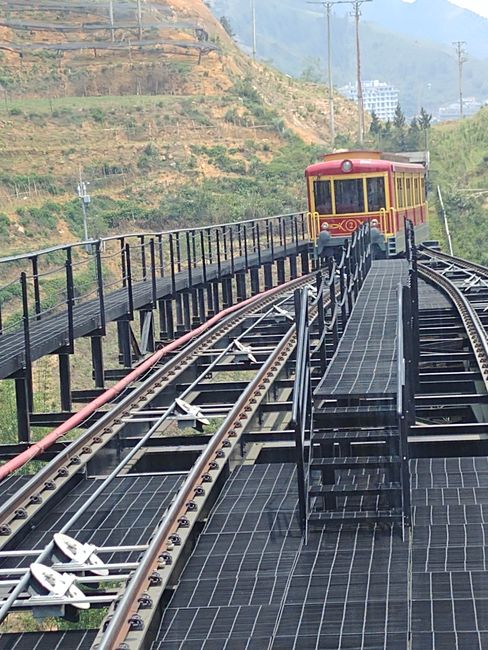
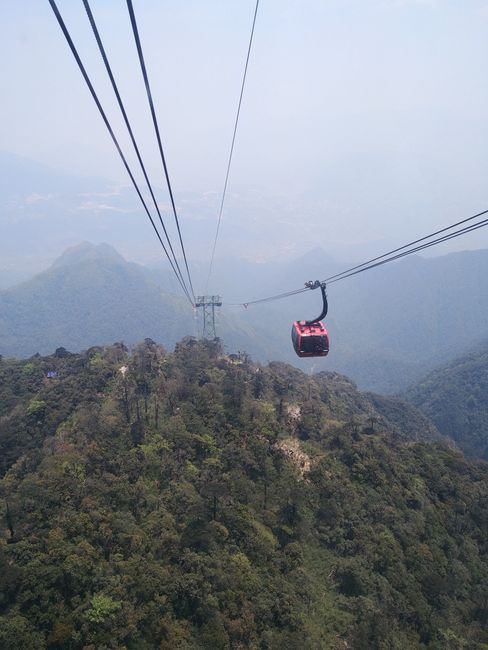
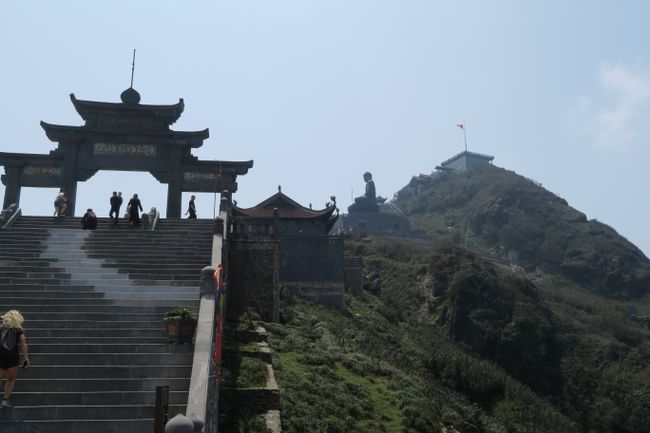
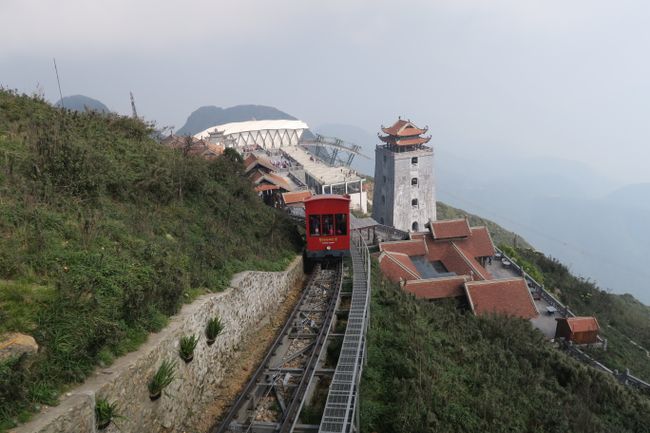
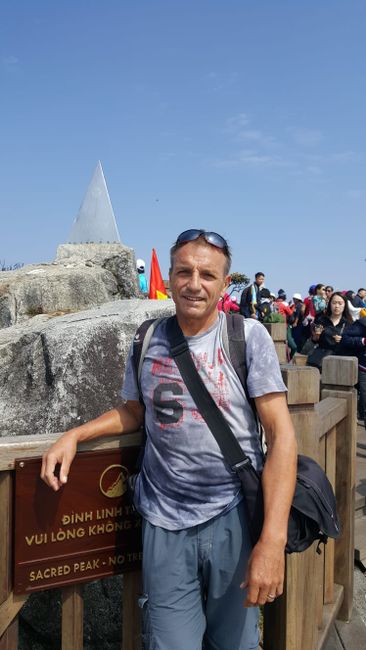
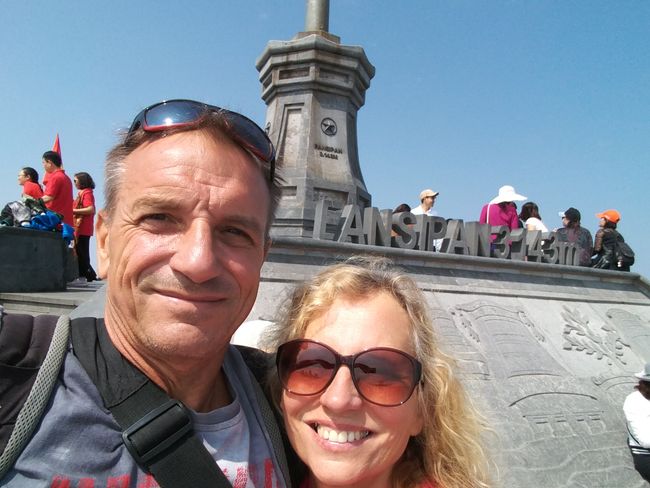
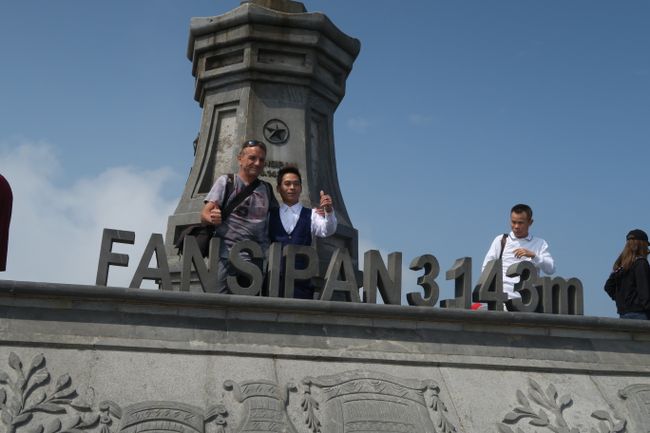
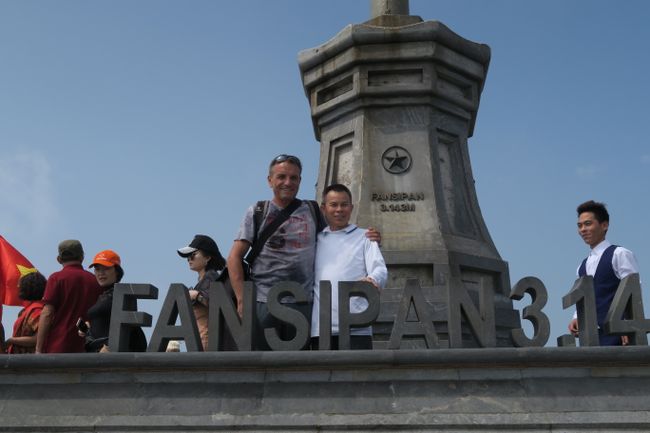
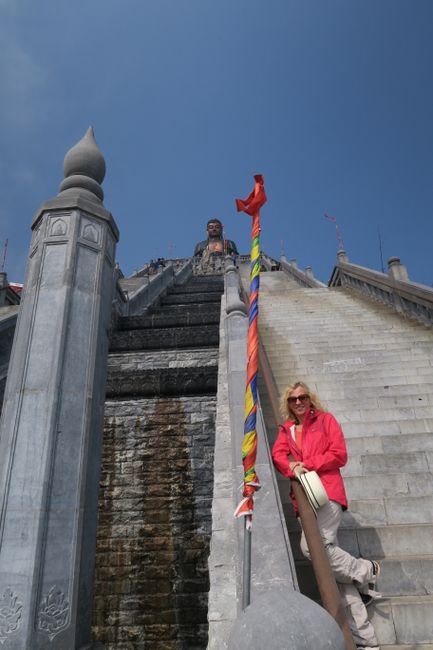
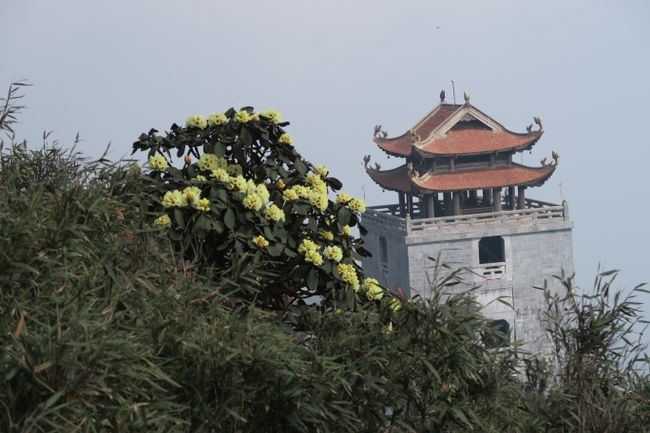
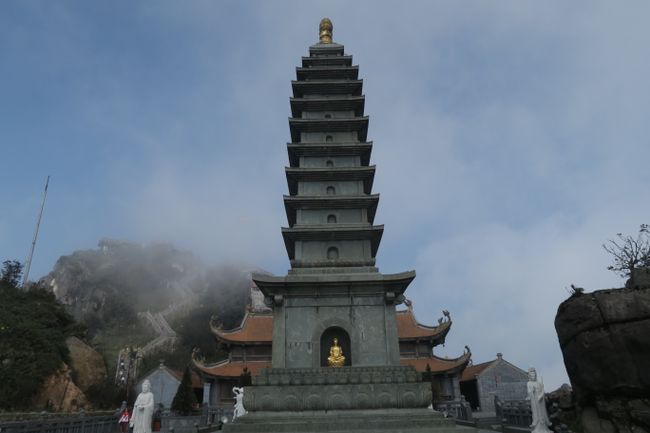
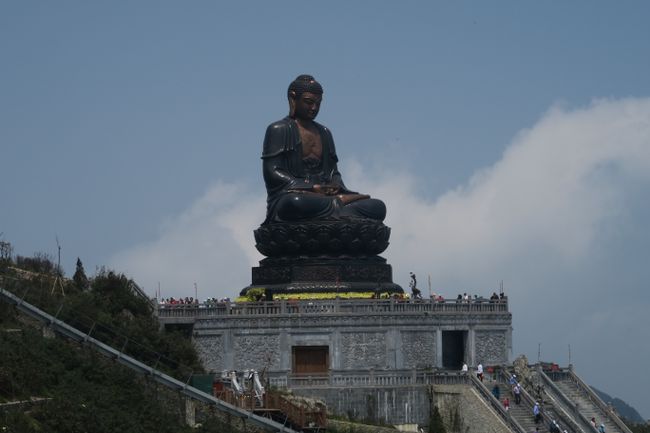
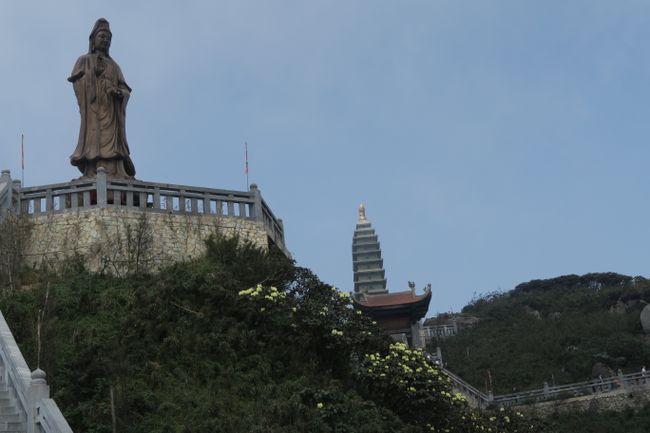
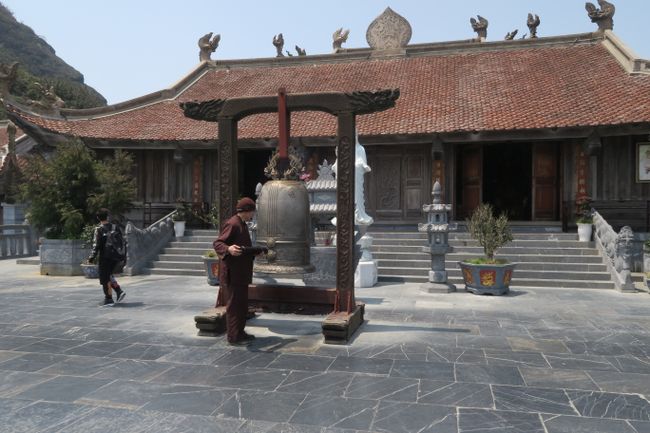
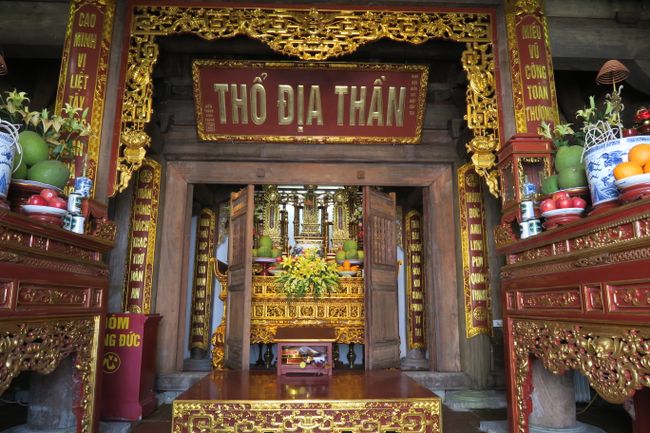
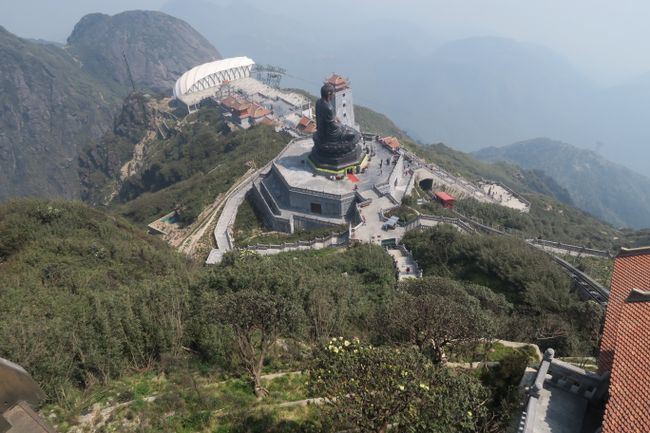
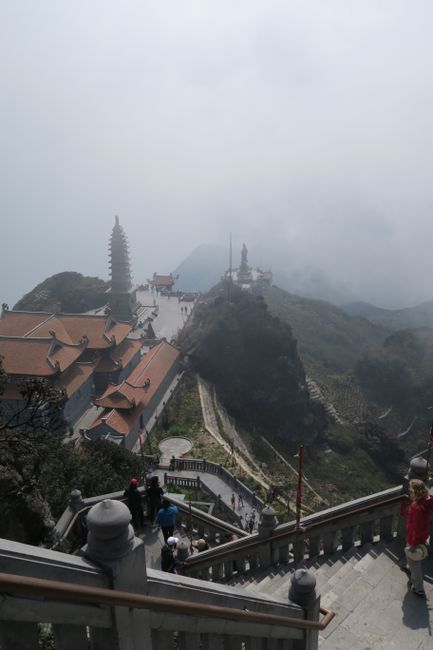
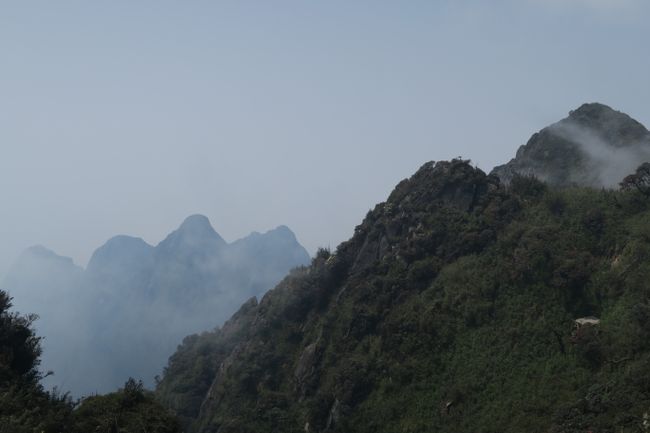
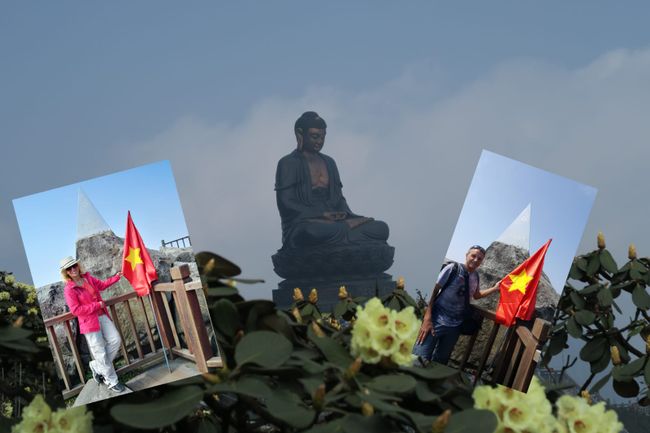
Abbonate à Newsletter
In the past, it was necessary to plan a difficult three-day trek (up and down) through high alpine terrain from Sa Pa to climb Phan Xi Pang, the highest mountain in Vietnam and Southeast Asia at 3,143 meters. However, since 2016, you can now reach the summit in just a few minutes with the help of a cable car. With the opening of a funicular in 2018, you can even reach the valley station from the center of Sa Pa very comfortably.
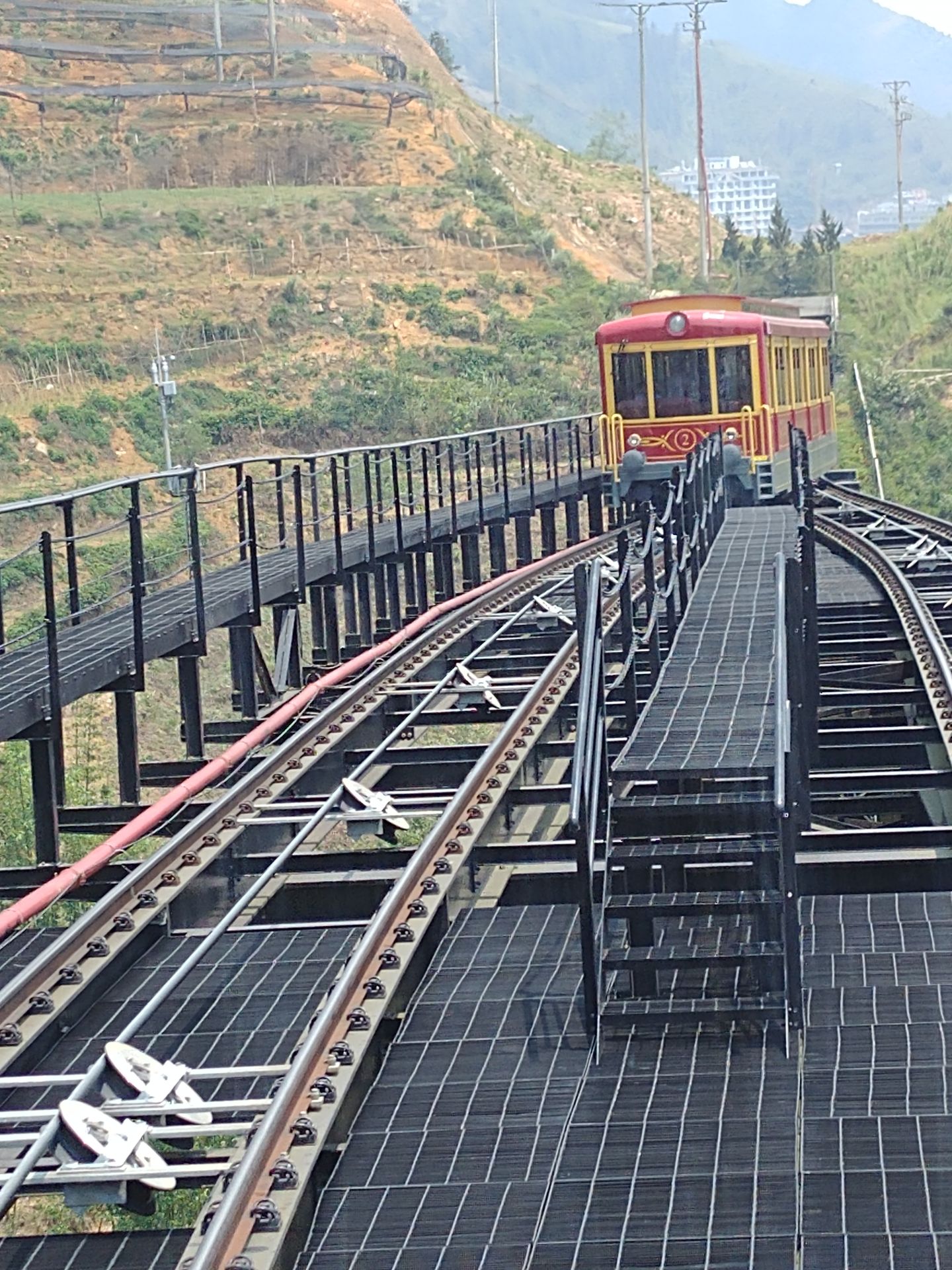

The summit station is located about 150 meters below the peak.
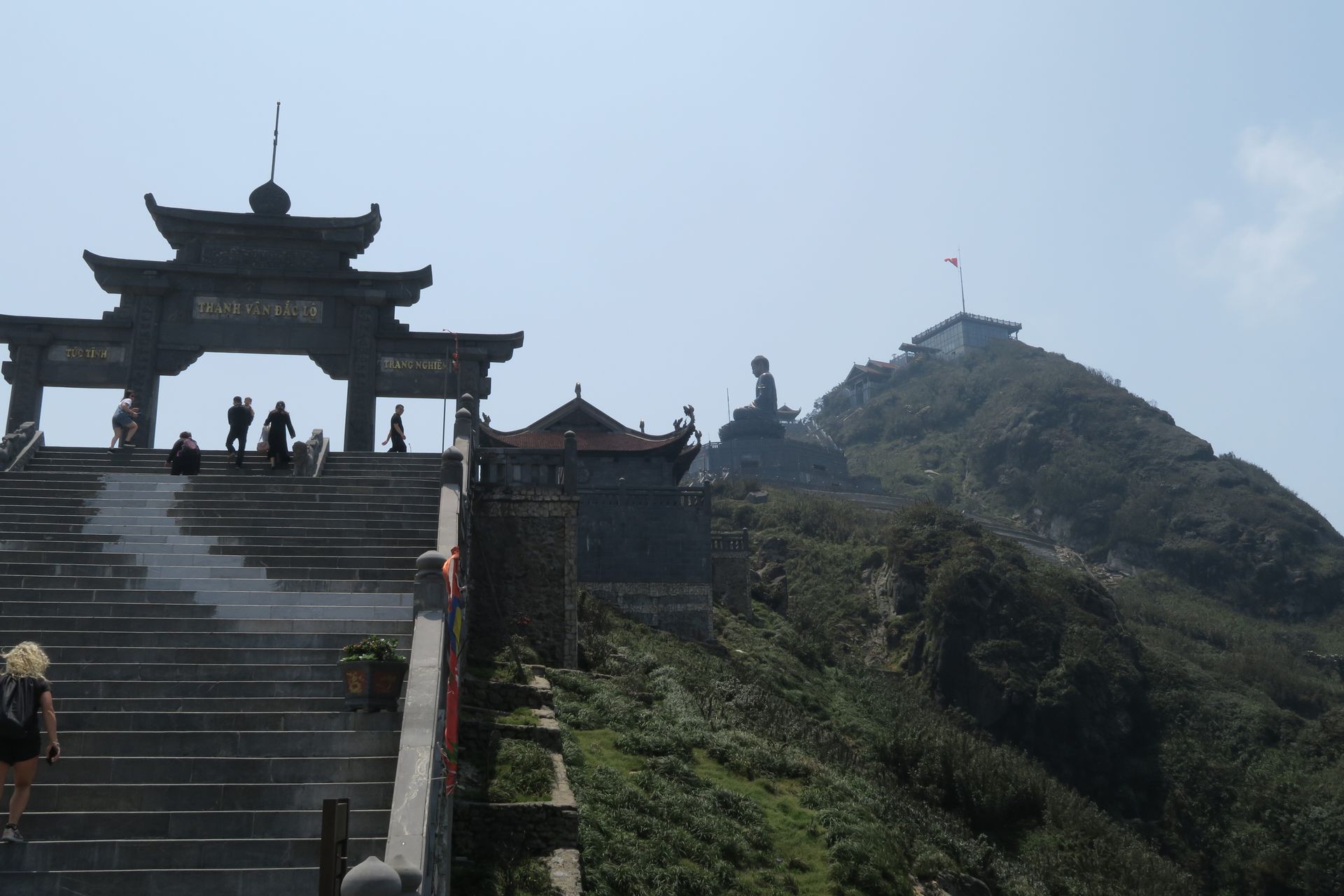
But most of these meters of altitude can be overcome from the summit station to just below the peak with another funicular without physical exertion.

Despite the additional cost, this is mainly used by Asians. Therefore, it is quite busy at the summit and the highest flagpole in Vietnam.

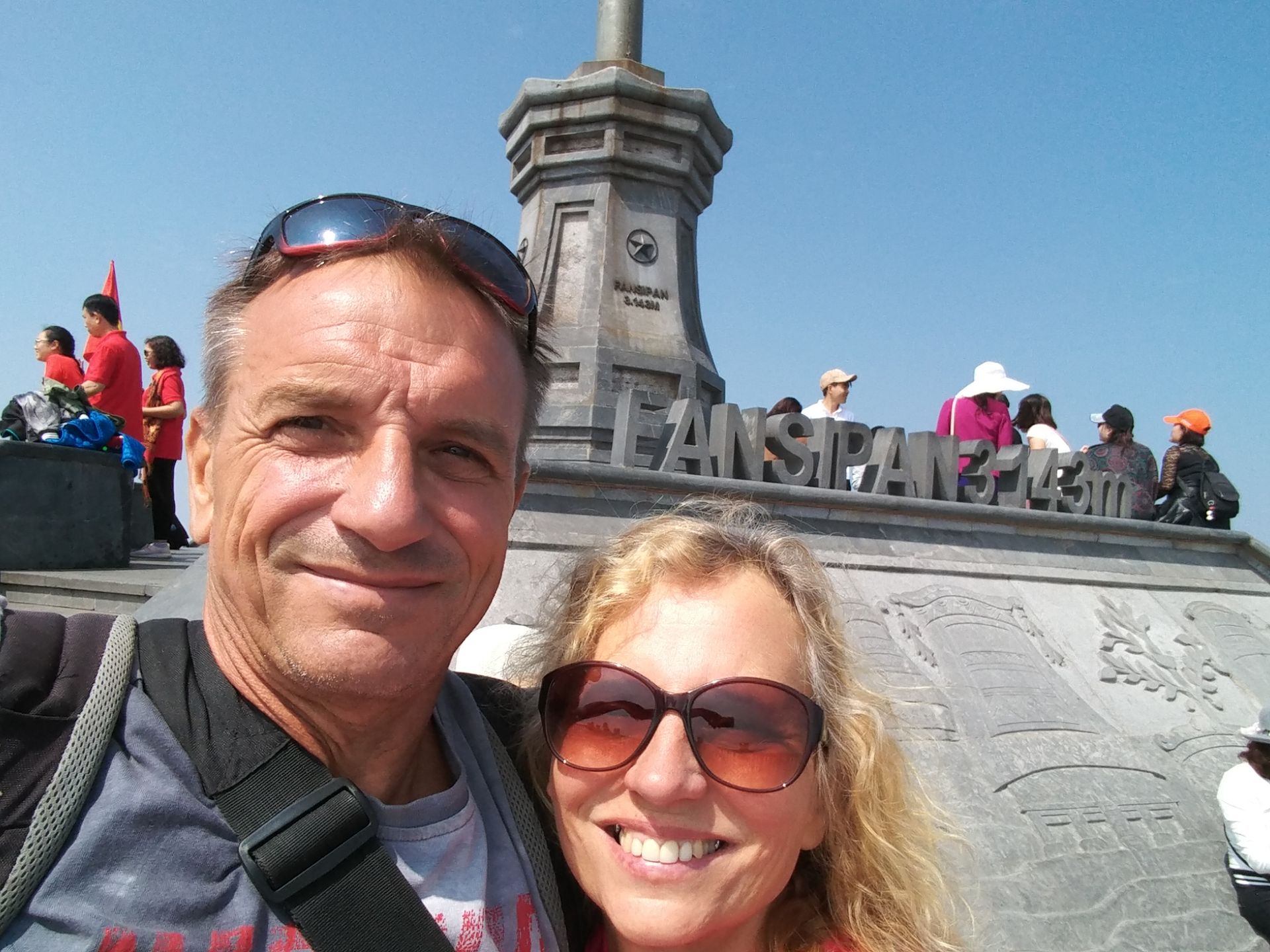
Especially many Vietnamese people are on the way. We often observed that people who looked western were asked to be photographed with one or more Vietnamese. We have not found out why. I was also asked to do a favor like this.
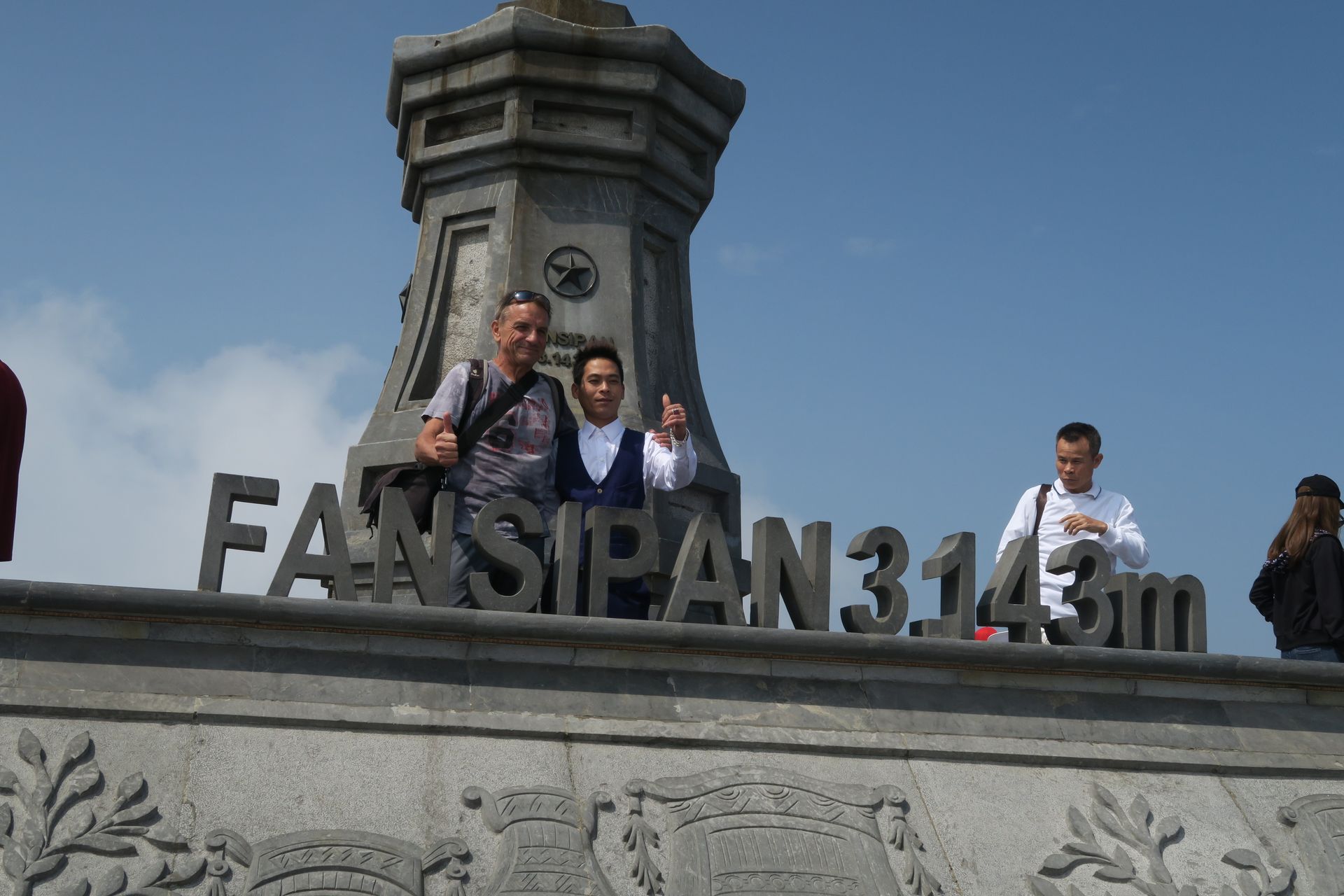
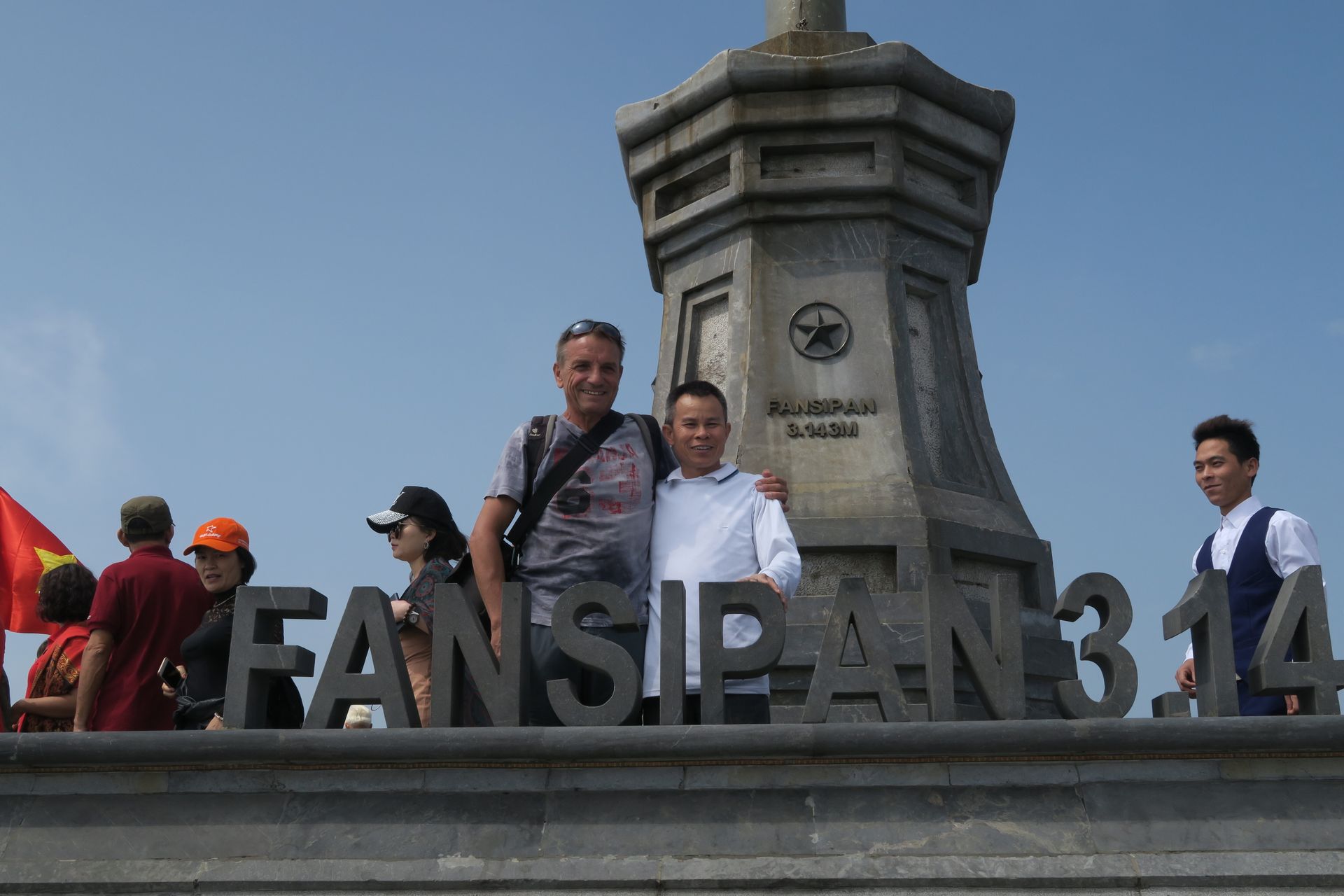
The footpath from the summit station to the peak leads over very steep and sometimes quite long stair sections.
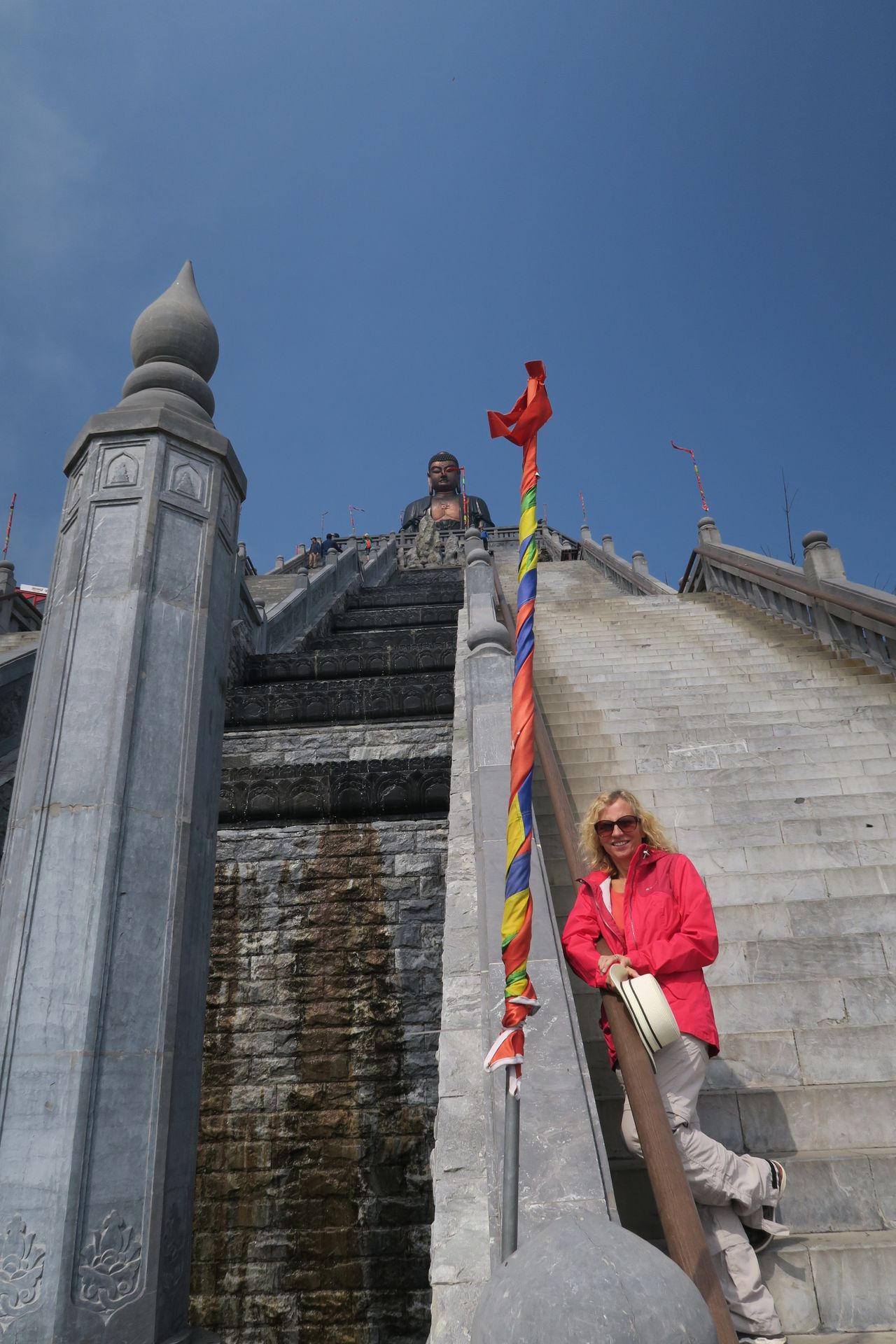
past various temples, various pagodas, and two huge Buddha statues.

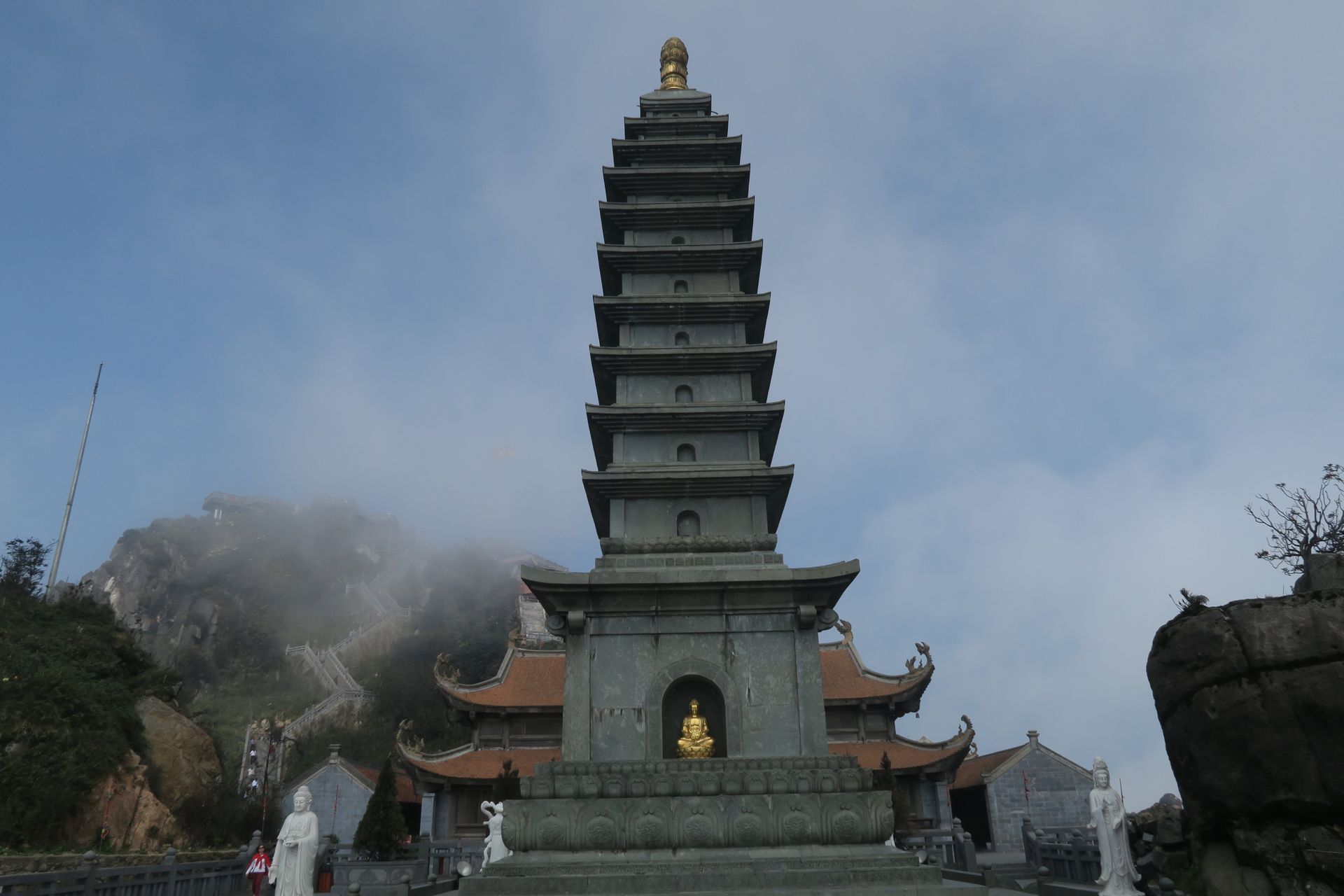
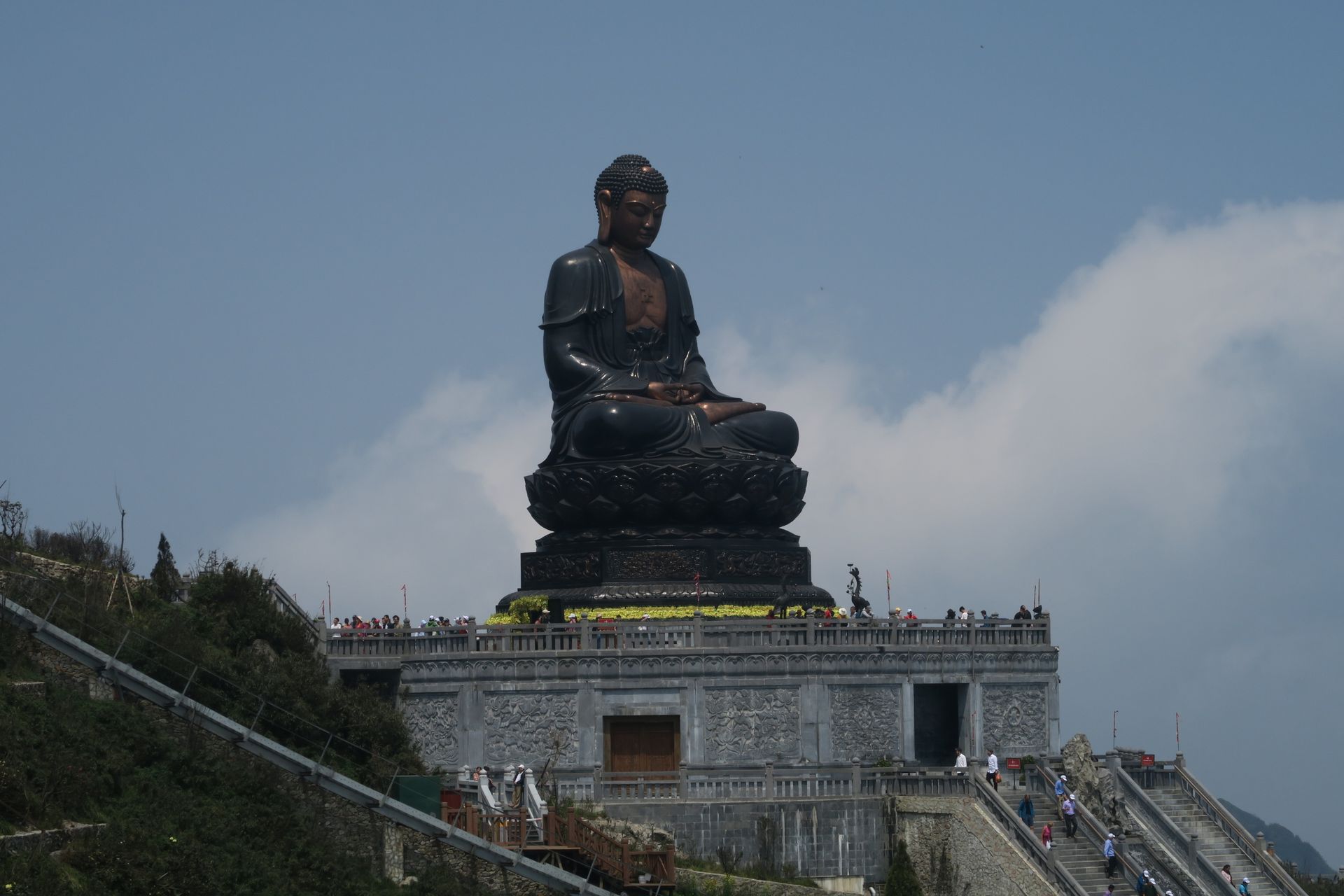
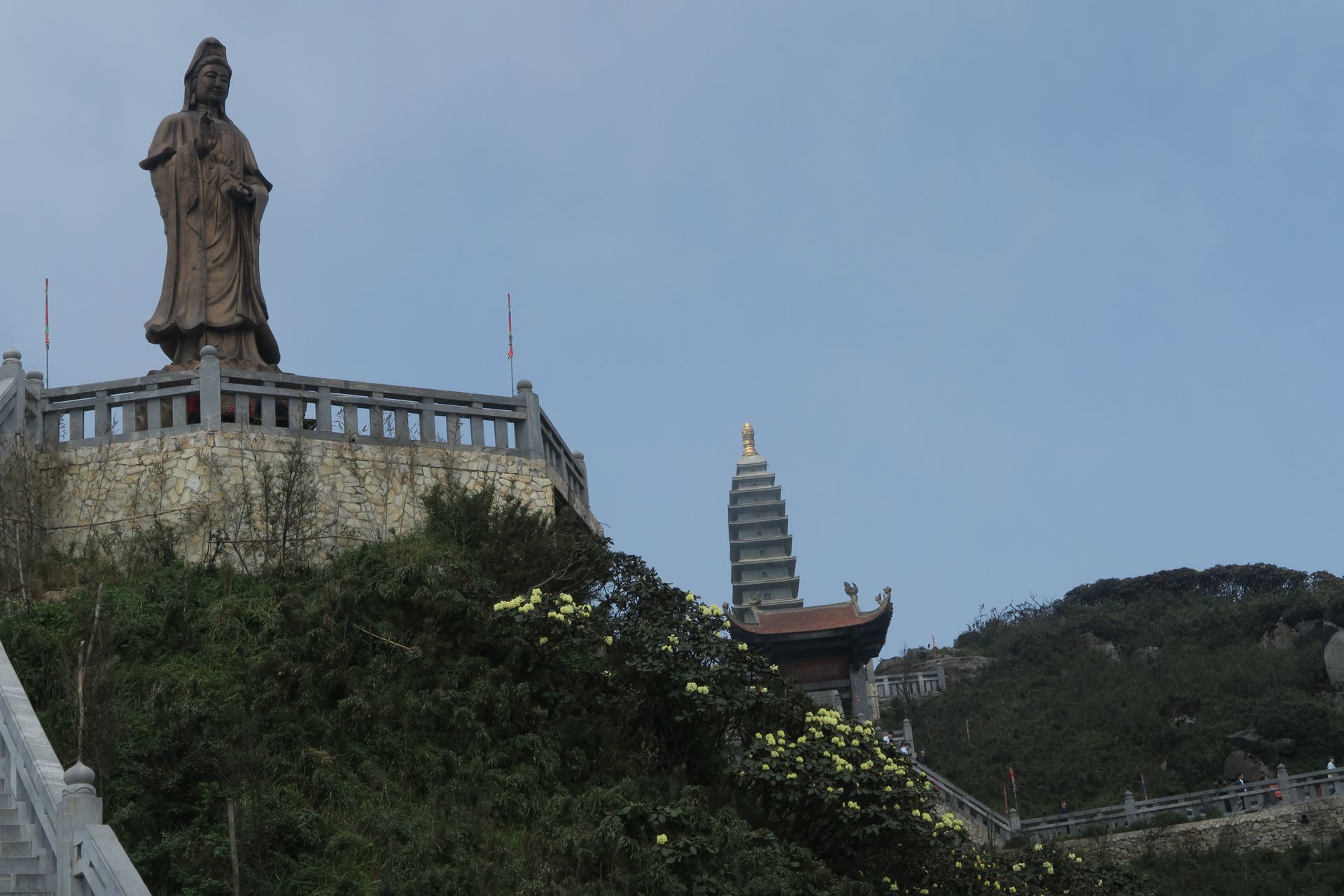
All of this is called 'Fansipan Legend' and reminds a bit of Europa-Park. However, these religious buildings are not fake, but are actually places where Buddhists say their prayers or make offerings.
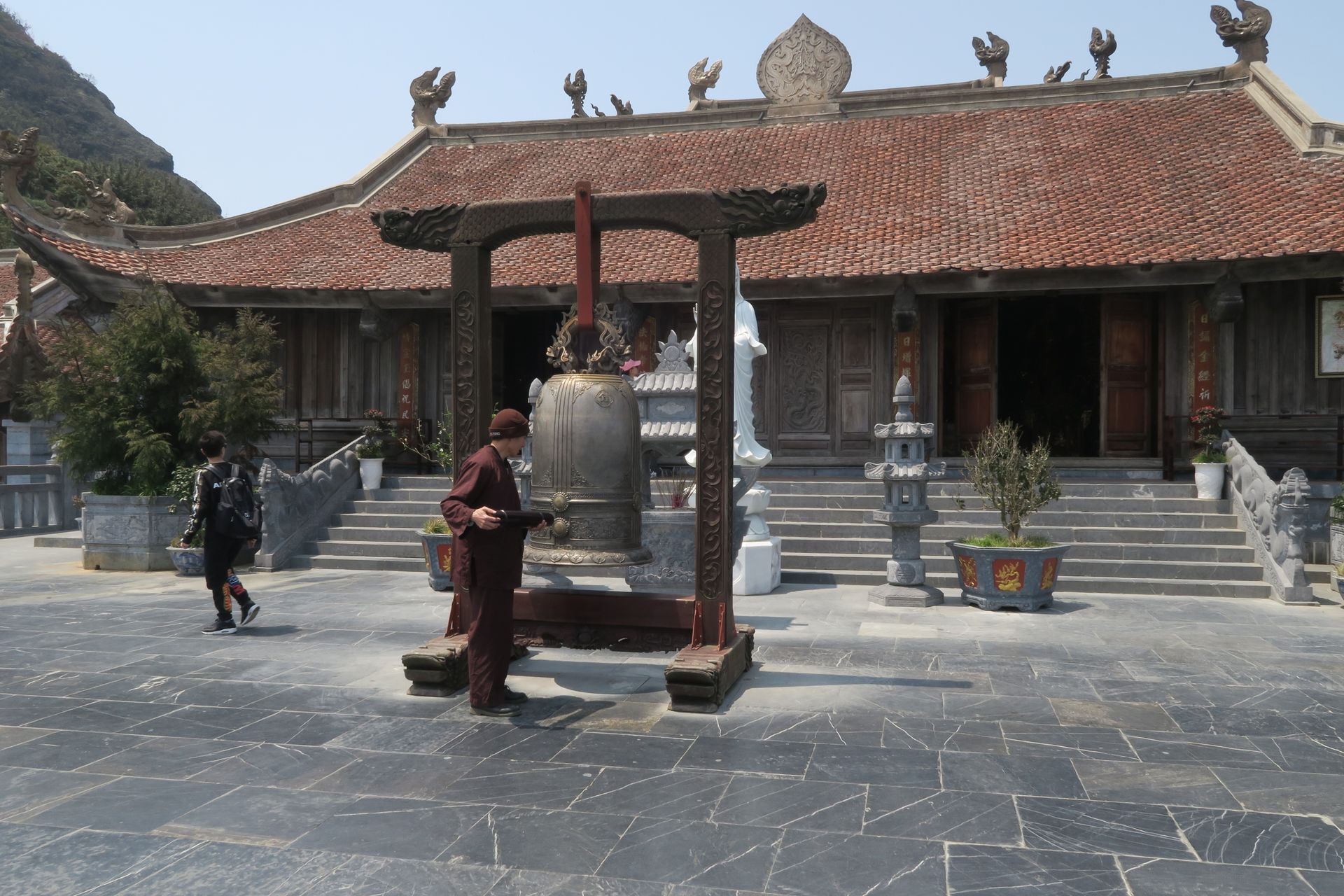
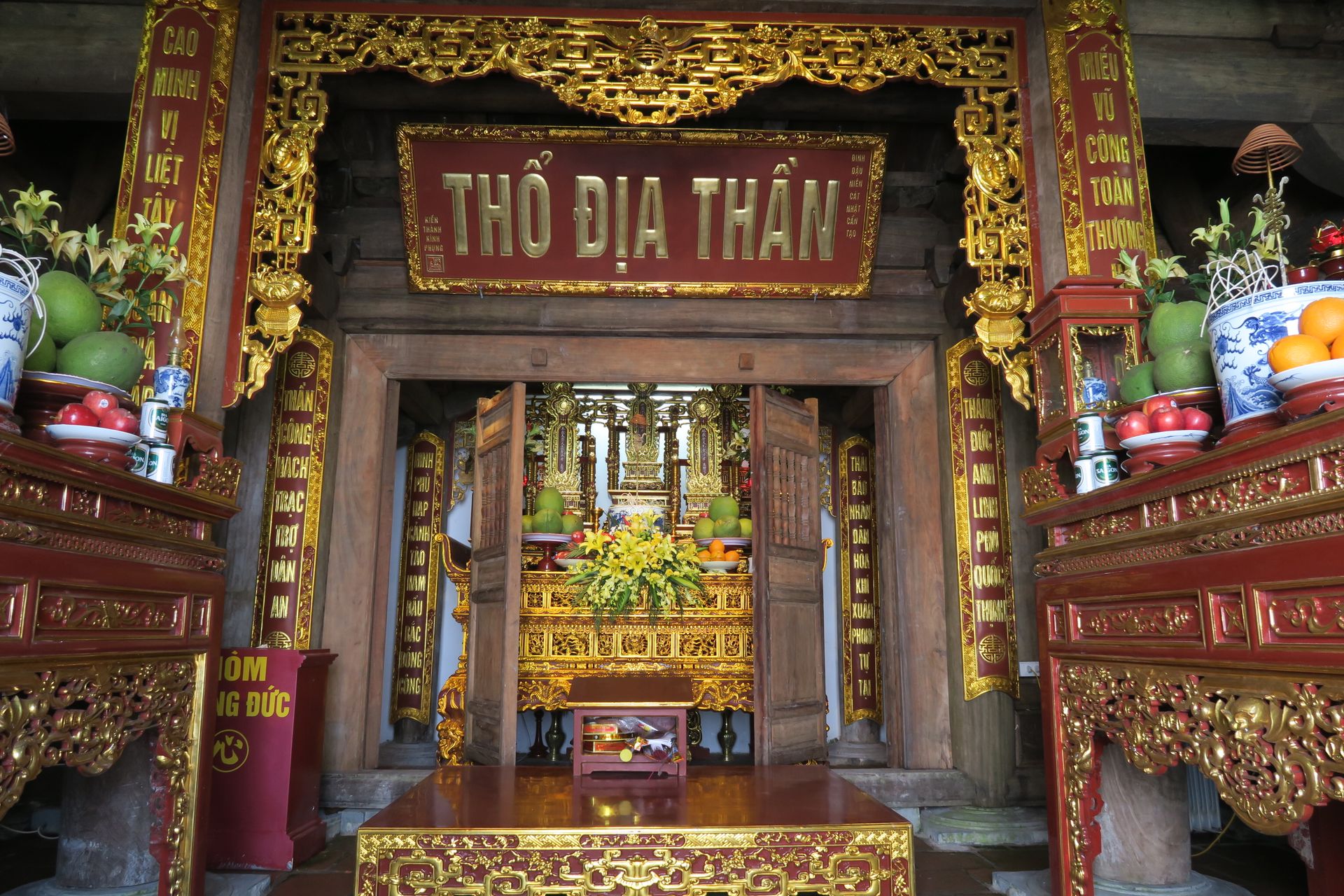
At first, we were unsure how to assess the changes in nature and the 'commercialization' of Phan Xi Pang. Then we thought of a lot of mountains in the Alps that share the same fate. However, the development there is often not in one piece, but from several eras. Everything at Phan Xi Pang is cast in one piece, and the reference to Buddha gives it a wonderfully sublime atmosphere.

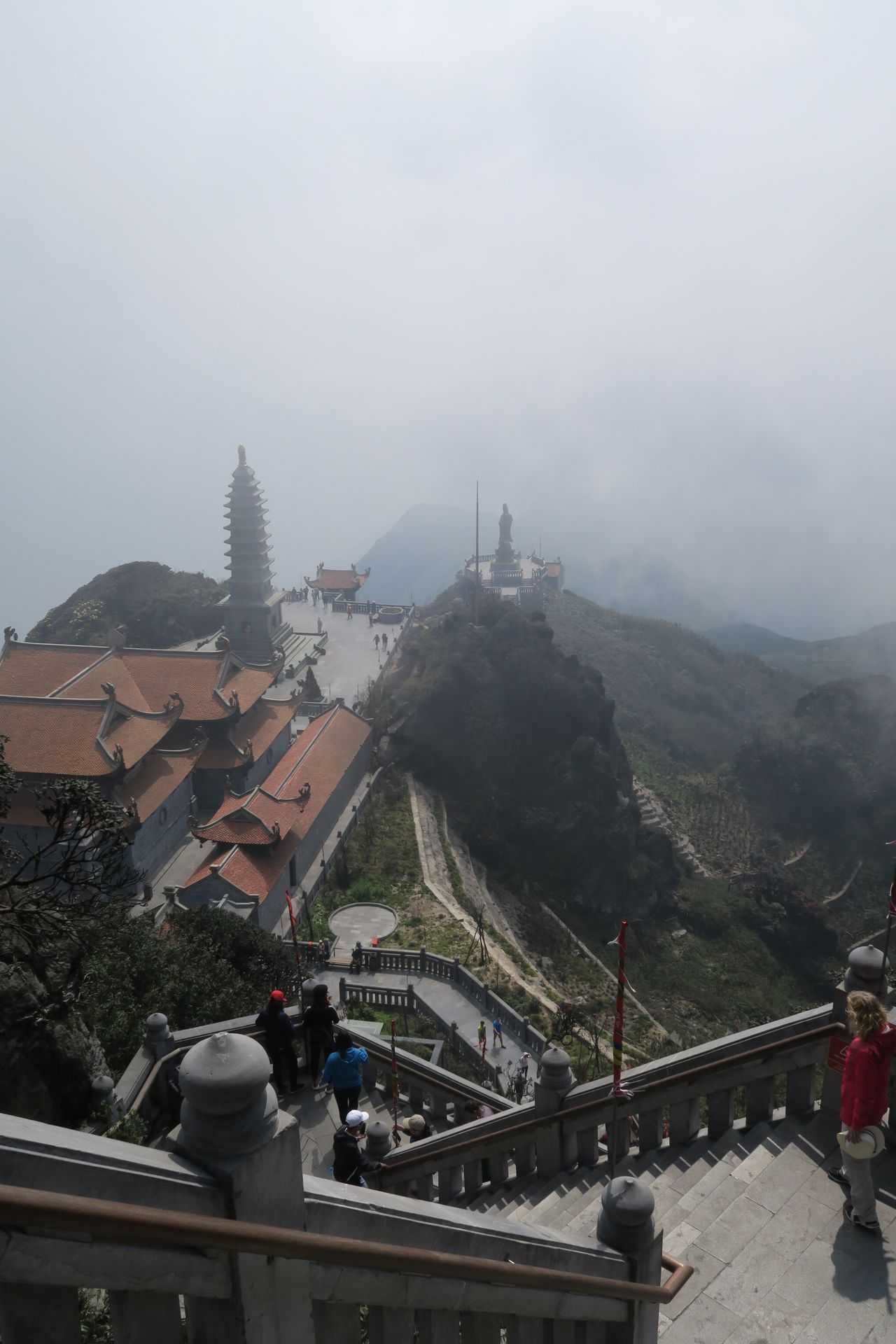
If you look west, the Hoàng Liên Sơn mountain range still appears very rough, steep, and inhospitable in the summit areas.
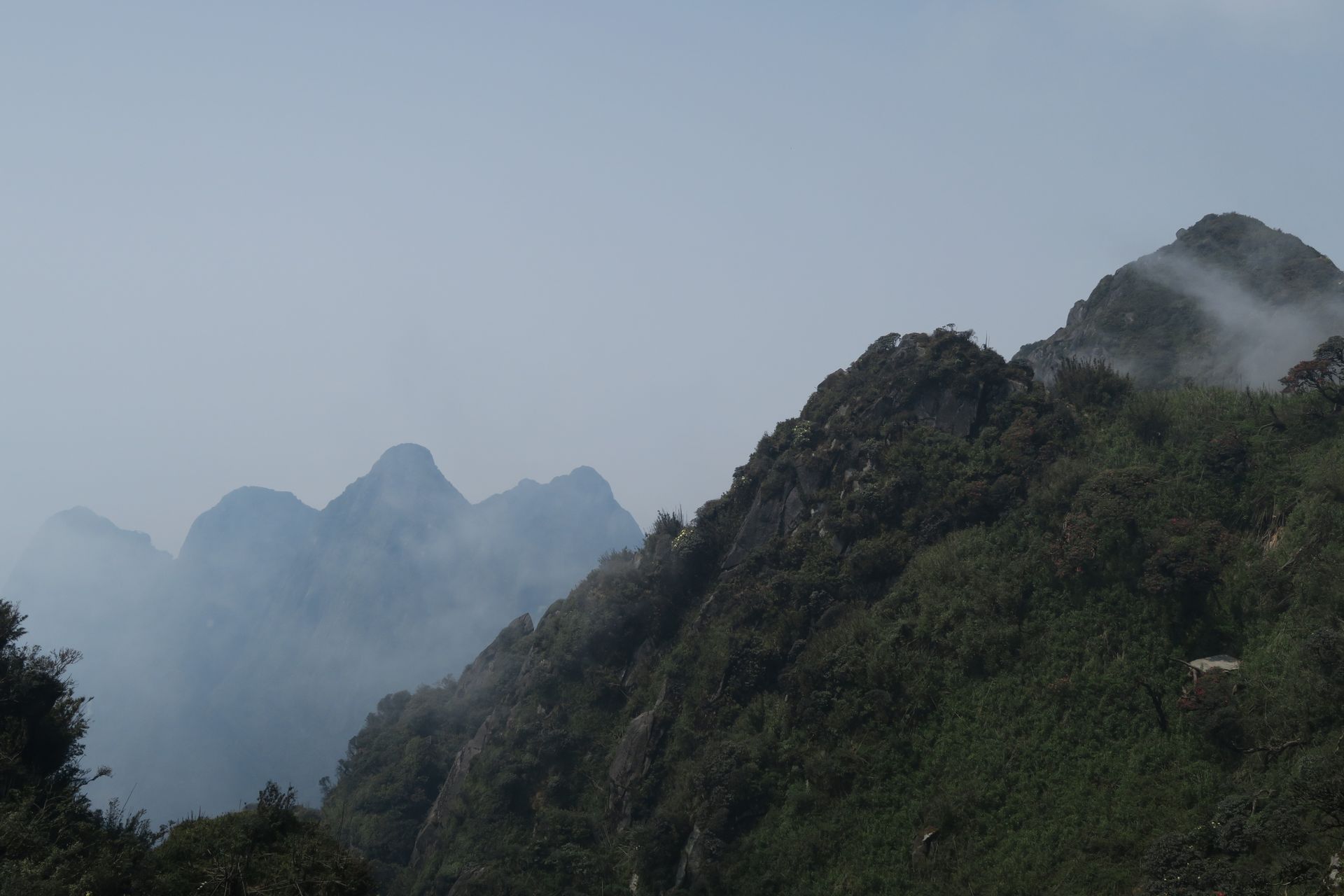
We enjoyed the day very much, even though Anke felt quite weak.
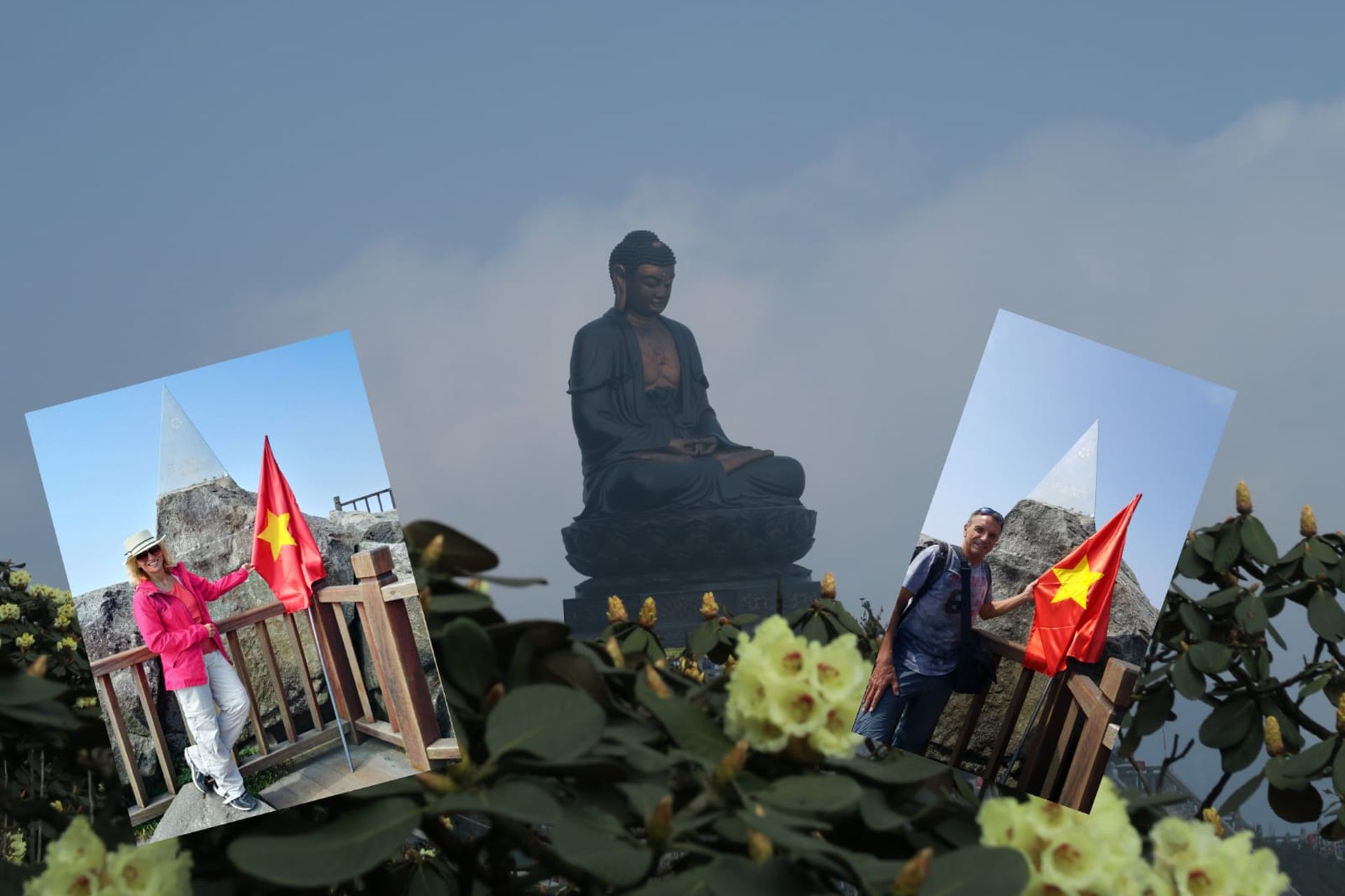
Abbonate à Newsletter
Rispondi
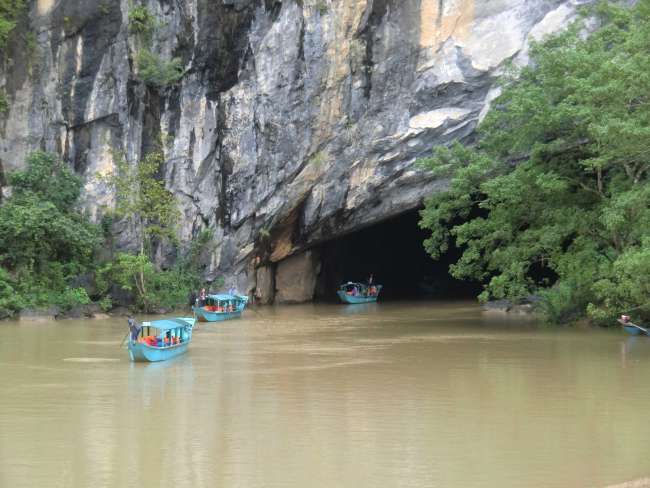
Rapporti di viaghju Vietnam
